Assessment Scales
What They Are
To measure the results of the CIMT protocol, we use assessment scales that evaluate the use of the limb in real-life settings, as well as the functional ability of the affected limb.
The CIMT group provides application manuals for the scales, already published and translated into Portuguese – Brazil.
You can download the Scales and Manuals for free using the buttons below.
Wolf Motor Function Test – WMFT
Objective: Assess functional ability of the affected upper limb in individuals with hemiparesis.
How it works: The patient performs a series of 15 standardized tasks, such as picking up objects or lifting the arm.
Assessed:
– Time to complete each task
– Movement quality (in adapted versions)Used for: Measuring the effectiveness of interventions such as Constraint-Induced Movement Therapy (CIMT)
Motor Activity Log – MAL
Objective: Evaluate functional use of the paretic arm in the patient’s daily life.
How it works: A structured interview where the patient answers how much (Amount of Use – AOU) and how well (Quality of Movement – QOM) the affected arm is used in daily activities (e.g., brushing teeth, picking up a cup).
Subjective scale: Ranges from 0 to 5 for each aspect.
Important for: Verifying the carryover of therapeutic gains to the patient’s daily routine.
Graded Wolf Motor Function Test – GWMFT
-
Objective: GWMFT is a modified version of the traditional WMFT, developed to offer a more sensitive assessment of movement quality in individuals with more severe motor impairments.
-
Main difference: In addition to measuring task execution time (as in the original WMFT), GWMFT introduces Session B, which includes an ordinal scale for qualitative evaluation of motor performance.
This modification captures subtle improvements during rehabilitation, especially in individuals with greater impairments for whom WMFT tasks may be less responsive.
Graded Motor Activity Log – GMAL
-
Objective: GMAL is an enhanced version of the Motor Activity Log (MAL), developed by our CIMT group and published in an international journal.
Its main goal is to offer a more sensitive and detailed assessment of spontaneous upper limb use in daily activities. -
How it works: GMAL maintains the interview format of MAL but refines scoring criteria with more specific descriptions. It allows better distinction of intermediate levels of use and movement quality.
It also adapts task selection to include easier and more feasible activities for individuals with more severe motor impairments — increasing the clinical applicability of the tool in this population.
Lower Extremity Motor Activity Log – LE-MAL
-
Objective: Assess functional use of the affected leg in daily activities (e.g., walking, climbing stairs).
-
How it works: Similar to MAL, it’s a structured interview with questions about the frequency and quality of lower limb use in daily tasks.
-
Importance: Though less common than upper limb scales, it’s essential for evaluating interventions focused on gait and mobility rehabilitation.
Articles
Check Out Our Published Articles
To strengthen evidence-based practice, we’ve gathered the main scientific publications from our group on Constraint-Induced Movement Therapy (CIMT).
These include national and international studies on the fundamentals of the technique, clinical outcomes in various populations, protocols, assessment scales, pediatric adaptations, digital technologies, and other contributions to the advancement of functional neurorehabilitation.
Science is what drives us — and what moves our patients, too.


